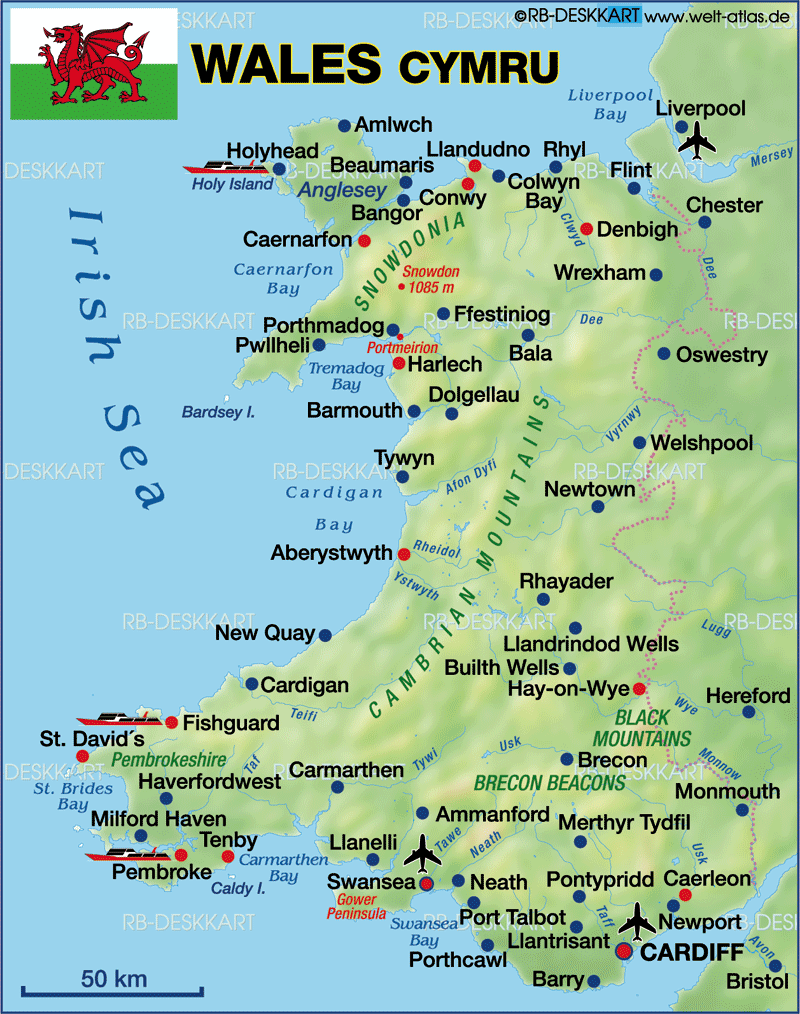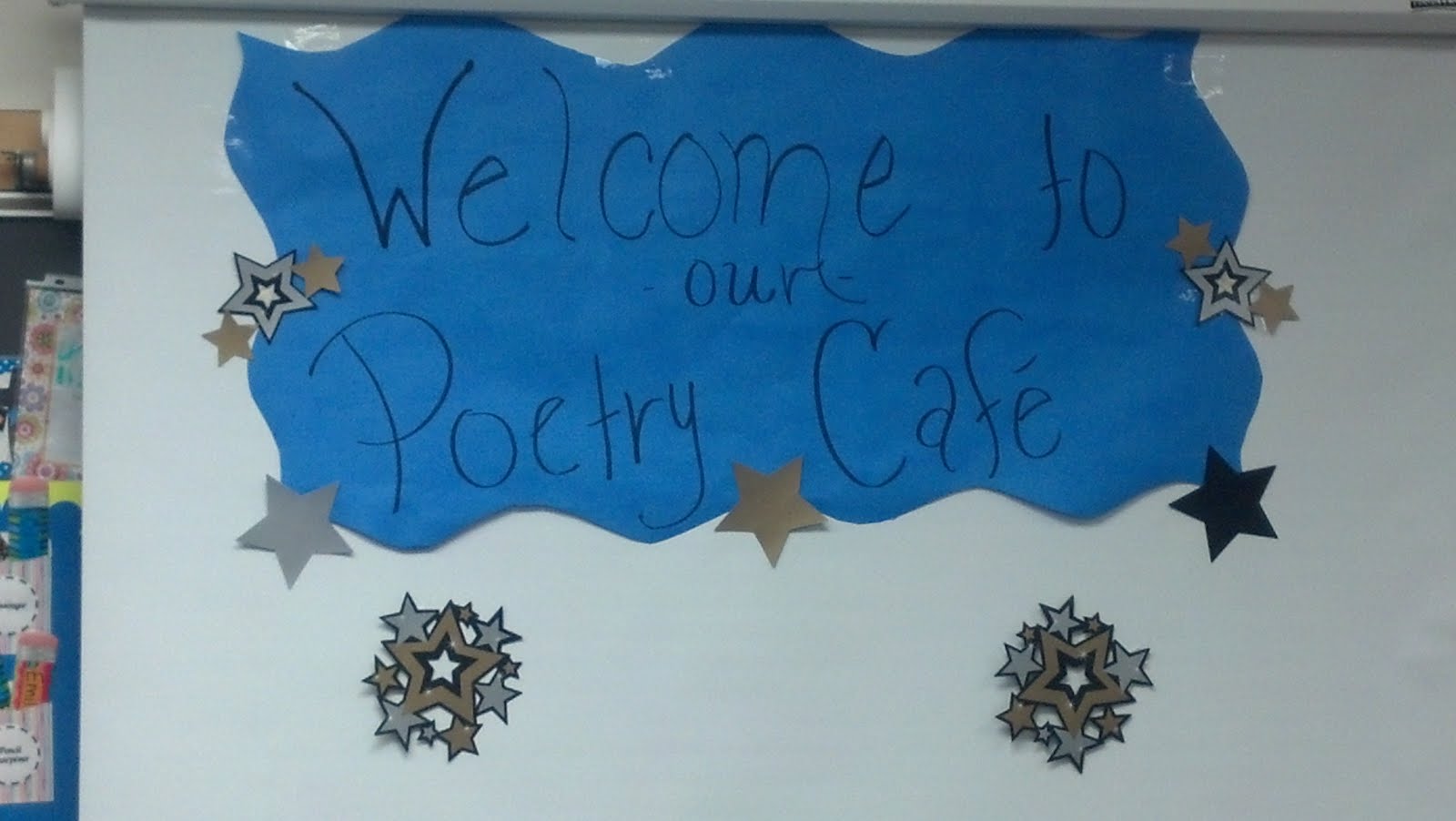Writerly Friends, this week I started a third grade poetry residency. Third graders have a lot of questions about what it's like to have the job of "Poet."
 |
| This week's Poetry Friday host is Julie Larios at The Drift Record. Waft on over there to find more poetry posts. |
"Is it hard being a poet?" the third graders ask.
I ask how many of them play instruments, or sing, or play sports. Hands fill the air.
I ask how many of them practice. Most hands stay up.
"Poets practice their skills, just like when you do drills for soccer, or play scales on the piano," I tell them.
One of my favorite poetry drills is trying new forms. Last month, when we were doing the Pantone Poetry Project, Mike Ratcliffe shared an englyn -- a form poem from Wales. I asked Mike to come back today and tell us more about this poetic form.
Ready for a great history lesson, poets?
 |
| http://www.welt-atlas.de/map_of_wales_1-444 |
Englynion:
Short Form Poems from Wales
by Michael
Ratcliffe
When
most of us think of short poems with rules governing form and number of
syllables, we likely think of Japanese forms, such as haiku and tanka. Welsh
poetry has its own short form in the englyn
(pronounced “ehn-glin;” plural englynion).
There are eight types of englynion, which you
can read about at http://en.wikipedia.org/wiki/Englyn/.
The most commonly used
is the englyn unodl union (“ehn-glin i-no-duhl in-yon”)—the straight, one-rhyme englyn.
This consists of four lines of ten, six, seven, and seven syllables,
respectively. The seventh, eighth, or ninth syllable of the first line
introduces the primary rhyme, which then appears at the end of each successive
line. In addition, the end of the first line should rhyme or alliterate with words
in the first half of the second line.
To illustrate, here is the englyn I wrote
for Laura’s Pantone Poetry Project:
Morning
sky, porcelain blue—new March snow—
we
know winter’s not through.
Spring
awaits daffodil’s cue
to
return with Beltaine’s hue.
Englynion
were one of the three categories of poems that the Welsh bard was expected to
learn and master, cywyddau (pronounced
“cuh-wuh-thah,” consisting of a series of rhymed couplets) and awdlau (odes) being the other two.
These
three categories encompassed 24 metrical forms, each with rules specifying the
number of lines, syllables per line, end rhymes, internal rhyming, and
alliteration. Welsh poetry’s rules relating to internal rhyming, alliteration,
assonance, consonance, and accent within a line are known as cynghanedd (cuhn-gha-neth—the double “d”
in Welsh sounds like the “th” in “the” or “then”).
As with other Celtic
cultures, poets occupied a high position within Welsh society. No self-respecting
“Great Man” in Welsh society (at least until the 17th century when
the nobility became more Anglicized) would be without his household bard to
compose elegies, maintain the genealogy, and entertain. Poets were part of the
professional class, generally drawn from the upper levels of society. The
training of a professional poet in Wales took years and required development of
skill in the 24 metrical forms.
My
englyn above, while adhering to the basic rules, does not display cynghanedd
throughout. A better example is the following by Howell Elvet Lewis, Gobaith Dibrofiad (Life’s Morning). Lewis uses
“ai” for the internal rhymes. The fourth
line provides a nice example of alliteration with the near “mirror image”
sounds in blodau (Welsh for “flower”)
and bladur (“blade”), the use of “d”
throughout the line, and the “y” (“the” in Welsh) preceding blade and bladur.
GOBAITH
DIBROFIAD (LIFE’S MORNING)
Bore
oes—O! mor brysur—y
Gobaith
ar ei antur:
Canai
lai pe gwelai gur
Y
blodau dan y bladur
Life’s
morning—O, how quickly fleets
Hope
on its adventure:
It
would sing less if it saw the pain
Of
the flower beneath the scythe.
(The
Welsh original of this poem, as well as the poem below, is from the Oxford Book of Welsh Verse;
English translations from the Oxford
Book of Welsh Verse in English.
For a guide to pronouncing Welsh, see https://www.cs.cf.ac.uk/fun/welsh/Lesson01.html.)
Unlike
haiku, there are relatively few examples of englynion written in English. Some
have suggested that this is due to the difficulties of transferring the rules
of cynghanedd, developed as they were for writing in Welsh, to English.
Or,
perhaps it is due to the relative inaccessibility of Welsh to English speakers
and readers, as well as the historical lack of interaction between the two
cultures’ literary traditions stemming, in part, from English attempts to
relegate Welsh to second class status, and Welsh nationalists’ use of the
language to set themselves apart from the English.
We’ll
end with an englyn by Walter Davies (1761-1849; wrote under the bardic name
Gwallter Mechain).
 |
| Walter Davies, by Hugh Hughes, @1830 |
As with haiku, an englyn may offer a seemingly simple image from
which the reader may derive deeper meaning. Davies’ englyn may simply be about
nightfall over the mountainous region of North Wales, known in Welsh as Eryri
(Snowdonia in English).
.jpg) |
| Dolwyddelan Castle (built by Llywellyn the Great, Prince of Gwynedd and North Wales) |
CYFNOS
(NIGHTFALL)
Y
nos dywell yn distewi—caddug
Yn
cuddio Eryri,
Yr
Haul yng ngwely’r heli,
A’r
lloer yn ariannu’r lei.
Silence
brought by the dark night: Eryri’s
Mountains
veiled by mist:
The
sun in the bed of brine,
The
moon silvering the water.
.jpg) |
| Mike at Caernarfon Castle |
Here is a short performance of Celtic music, introduced with the recitation of an englyn.

14 comments:
Thank you for this lesson on englyn Michael and Laura!
Fascinating history AND poetry lesson (and language lesson, too!)Thanks! And isn't the idea of a geographer/poet just wonderful?
"how quickly fleets"-Oh the sorrow that must have been when they were overtaken. That picture of Dolwyddelan Castle-so beautiful. Thanks for the lesson, Michael and for bringing it all together, Laura.
Wow, what a lot I've learned about poetry, language, and history! Also fun to try to pronounce correctly.
This is the first that I've heard of englyn - wow. What a fascinating history indeed, thank you for sharing all that. The video clip was wonderful too. Beautiful.
Diolch yn fawr! Thanks very much for all the great comments. I'm glad you all enjoyed the post.
Are there any historical fiction with Welsh bards as main characters in it? Seems like the POV would be interesting. To me, anyway! Thanks for sharing the englyn with us.
Tabatha,
I did a quick search and found several listed on the following site: http://www.historicalnovels.info/Medieval-Celts.html. Scroll to the section on Medieval Wales and Cornwall and look for the books by Alan Fisk, G.R. Grove, and Susan Mayse.
Also, "Griffri, a 12th Century Welsh Bard," by Christopher Meredith.
John James' novel "Men Went to Cattraeth" (1969) uses the poet, Aneirin's, poem "Y Gododdin" as a source. Aneirin narrates the novel. For more about Aneirin's poem, see my blog post at http://skiminocycle.blogspot.com/2013/03/men-went-to-catraeth-early-welsh-poetry.html (part of my month long series last year on Welsh and Irish poetry).
Thanks for posting that follow-up information, Michael. I have to work up some courage to try this form. It helps that all of the poems you shared have such inner beauty.
Thank you, Michael! I am copying and pasting that info to save.
Thank you for this lesson. I'm copying and saving, too, for practice later. One of my favorite mystery series is the Cadfael mysteries by Ellis Peters. They are set on the border of England and Wales in the 1100's. Love the history.
Fascinating!
Love this post, Laura - thanks to you & Michael for sharing the information about this form. I definitely need to try working on it!
Thanks Laura and Michael for this fascinating foray into poetry form and Celtic culture. It was a treat to read and learn something new today.
Enjoy your residency, Laura. That too sounds like a treat!
Post a Comment